See how AI in soccer is transforming real-time insights and data-driven analysis to improve player performance and team strategy.
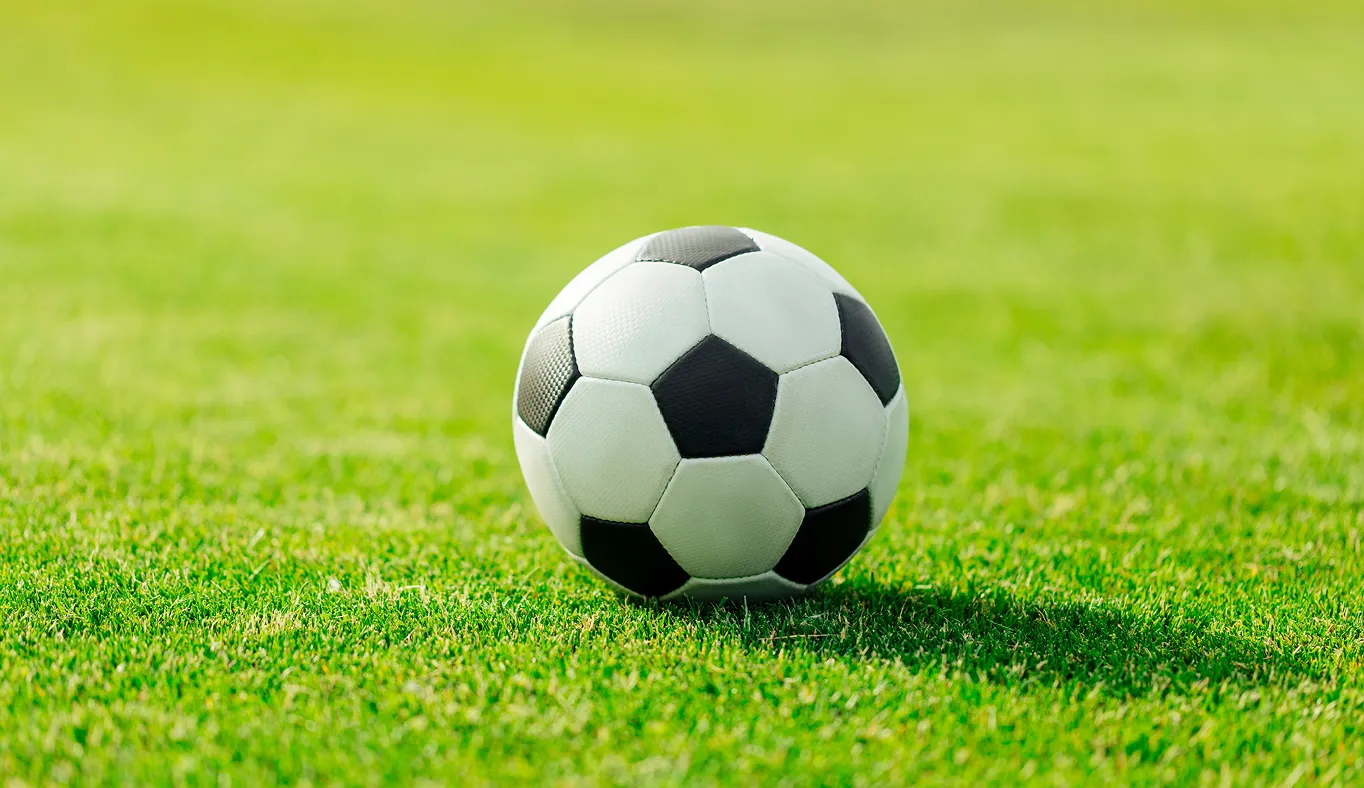
See how AI in soccer is transforming real-time insights and data-driven analysis to improve player performance and team strategy.

Football, or soccer, fans around the world agree it’s a beautiful game. And thanks to recent advancements in technology, especially artificial intelligence (AI), it’s becoming more engaging and exciting than ever. A great example is a recent robot soccer tournament in China, where AI-powered robots recognized movement, reacted to plays, and made on-field decisions entirely on their own.
As a matter of fact, AI is playing an increasingly important role in the sport. Across major soccer leagues, it’s redefining the way teams train, compete, and plan strategy.
Coaches and analysts can now easily study thousands of in-game actions, from passing accuracy and pressing intensity to player positioning and overall team shape. This is a huge leap forward from manual video review, which used to be slow and time-consuming. With AI, teams get fast, data-driven insights that help them detect patterns, adjust tactics, and improve performance far more efficiently.
A major driver of this progress is computer vision, a branch of AI that enables machines to interpret visual information. Computer vision models like Ultralytics YOLO11 and the upcoming Ultralytics YOLO26 can be used to analyze match footage, track every player, follow the ball, and detect key events in real time.
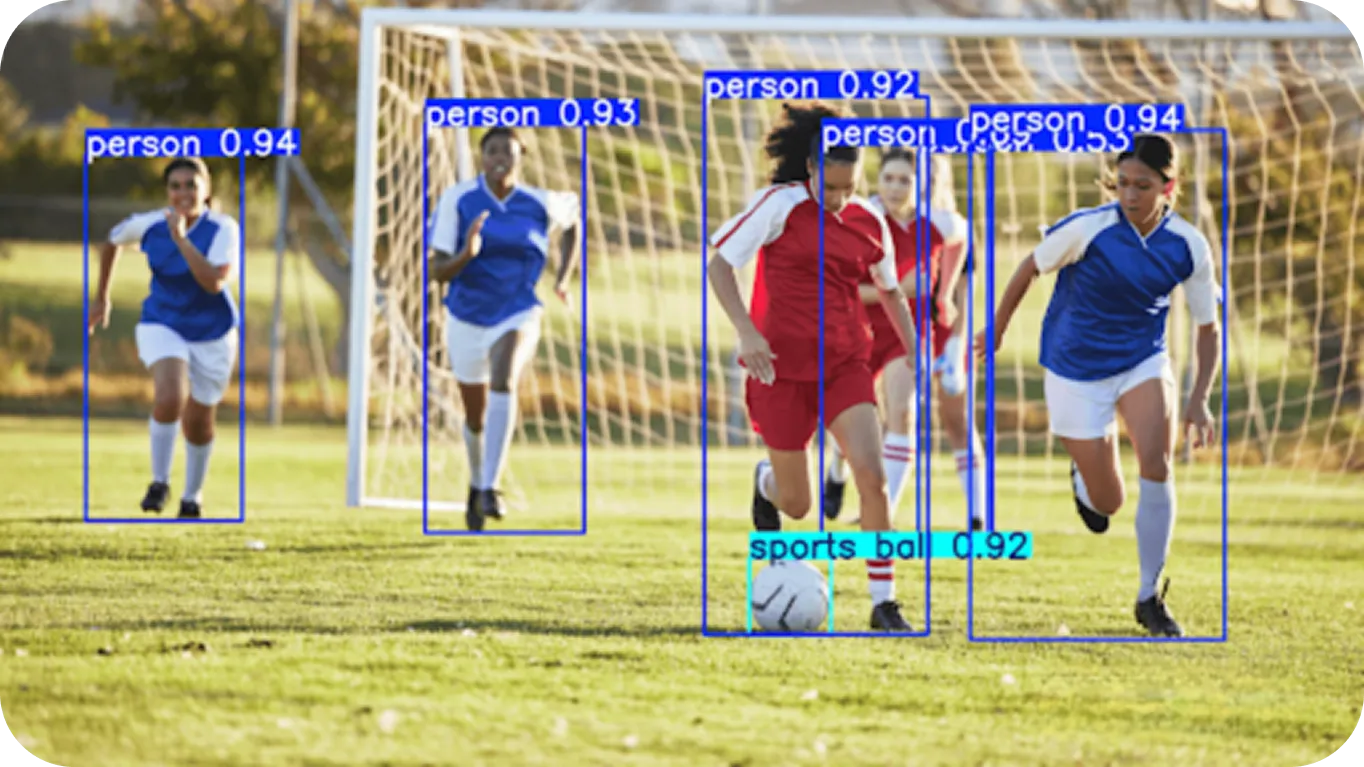
Popular soccer competitions, like the Premier League, MLS, and FIFA World Cup, are already using technologies like Vision AI for performance tracking and tactical analysis. In this article, we’ll explore AI in soccer and the difference it’s making. Let’s get started!
AI technology and data analytics are now being integrated into many parts of soccer matches and training sessions. For instance, many soccer clubs use AI to study tactics, plan training sessions, and carry out performance analysis during a game.
Each game is a chance to collect large amounts of player data from cameras, sensors, and GPS trackers. This data can be processed to find patterns that assist coaches in making better decisions during training and competition.
So how does all of this actually work? At the core of AI in soccer are machine learning and deep learning, which allow computers to learn patterns from vast amounts of data. AI models are trained using extensive datasets that include match footage, player movements, performance statistics, and many real examples from past games.
As the model trains, it learns to recognize different actions and understand how they influence what happens on the field. Once the training is complete, AI models can quickly analyze new match clips or player data and provide insights that would typically take hours or days to arrive at.
Here are some other key applications of AI in soccer:
AI in soccer covers a wide range of applications, since it is an umbrella for many different technologies. To better understand how it’s being used in the sport, let’s focus on one key area: computer vision.
Vision AI makes it possible to analyze game footage in real time by detecting players, tracking the ball, and identifying important moments as they happen. You can think of computer vision as an attempt to mimic how humans see and understand the world, only without ever getting tired or distracted.
Consider a typical professional soccer match. It is usually recorded from multiple angles using high-quality cameras positioned around the stadium, capturing every pass, sprint, and tactical shift.
This raw footage holds a huge amount of information, but reviewing it manually is slow and nearly impossible during a live game. Computer vision steps in by processing each frame and transforming the footage into clear, actionable insights that teams can use immediately.
Now, let’s take a closer look at how Vision AI-driven solutions actually work in soccer.
Computer vision models like YOLO11 support a range of vision tasks such as object detection, instance segmentation, and image classification. Each of these tasks can play a specific role in understanding what’s happening on the field.
For example, object detection can identify where players, referees, and the ball are located within each frame of the video. This makes it possible to detect player positions, measure spacing between lines, or follow the ball’s movement.
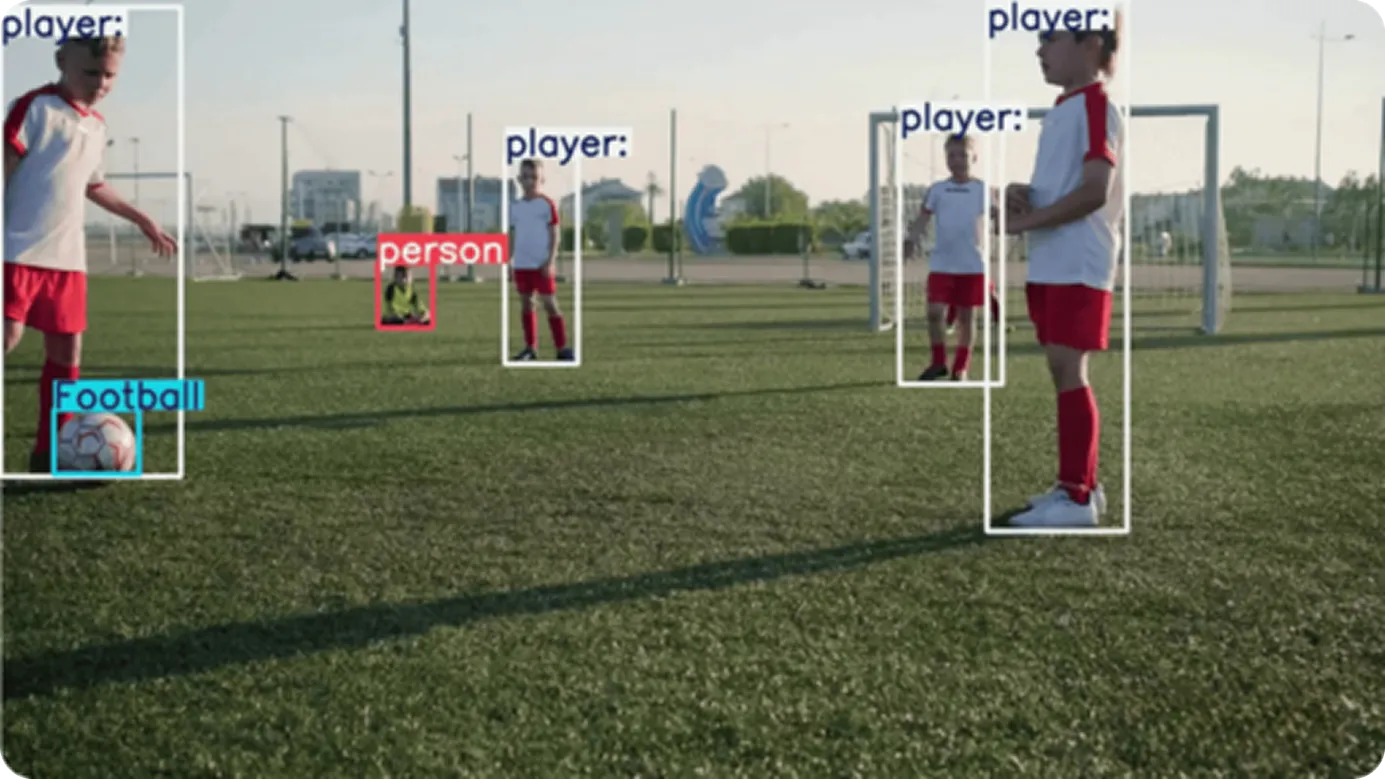
Instance segmentation takes this a step further by outlining the exact shape of each player or object rather than just marking them with a bounding box. Having this level of detail enables Vision AI solutions to distinguish players in crowded areas, understand body orientation, and separate overlapping movements during fast-paced moments like tackles or goal-mouth scrambles.
Similarly, image classification focuses on identifying what appears in a single frame by assigning it to a predefined category. When it comes to soccer, this can be used to label visual elements such as whether the ball is present, whether a referee is showing a card, or whether a player is performing a specific, easily recognizable action.
When these computer vision tasks are combined, Vision AI can analyze match footage in real time and translate it into meaningful insights. It can detect players, follow their movements, understand their actions, and flag important events as they happen.
Now that we’ve explored how AI and computer vision work, let’s walk through real-world use cases where AI-powered technology is optimizing the game and giving teams a clear competitive edge.
Soccer has many rules that players and referees have to keep in mind, including fouls, handballs, free kicks, and penalties. One of the most important, and often the most debated, is the offside rule.
A player is in an offside position if any part of their head, body, or feet is closer to the opponent’s goal line than both the ball and the second-last opponent at the moment the ball is played by a team-mate. Because players move quickly and defensive lines shift constantly, it’s challenging for head coaches and referees to get every offside call correct.
That’s where AI and computer vision systems can lend a hand. These technologies can support referees by making offside decisions more accurately and consistently.
Recent research provides a glimpse of what this looks like in the real world. Instead of relying on dozens of specialized cameras, one study used a single broadcast camera for offside detection.
The system maps the pitch by detecting the field lines and calculating the vanishing point, which is the point where lines on the field appear to meet. It then uses pose estimation, a computer vision task, to pinpoint individual player body parts that determine offside positioning, such as shoulders, knees, and feet.
Pose estimation works by identifying key joints on each player and marking their exact location in the frame. With this information, the model can draw a virtual offside line in real time.
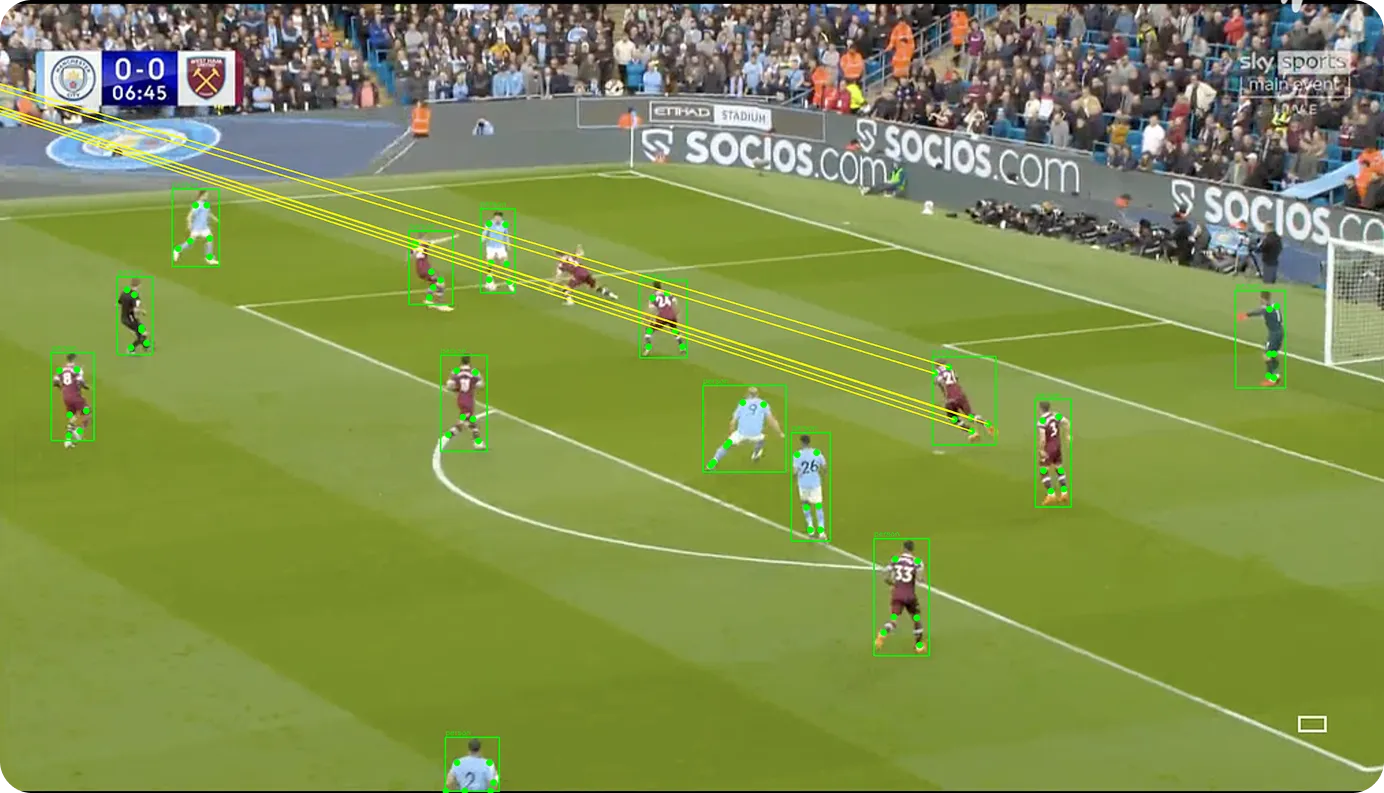
Avoiding injury risks and staying fit throughout the season is one of the biggest challenges facing soccer players. Fatigue, overload, and repeated strain can lead to serious injuries if problems aren’t identified early.
Today, Vision AI systems are beginning to assist coaches and medical teams by turning match-and-training footage into meaningful health and performance data. For example, researchers developed a system called DeepImpact that uses broadcast video and deep learning to detect when players head the ball.
In other words, the system can analyze video footage and pinpoint every header in a match by identifying the player’s head movement and the moment it connects with the ball. This is significant because manually reviewing full-match footage for headers can take hours, and wearable impact sensors are costly and often inaccurate.
DeepImpact helps automate this process by identifying most header events with high sensitivity, meaning researchers can measure how often players head the ball and build large datasets on head-impact exposure. These datasets are crucial for studying potential long-term effects of repeated headers on brain health.
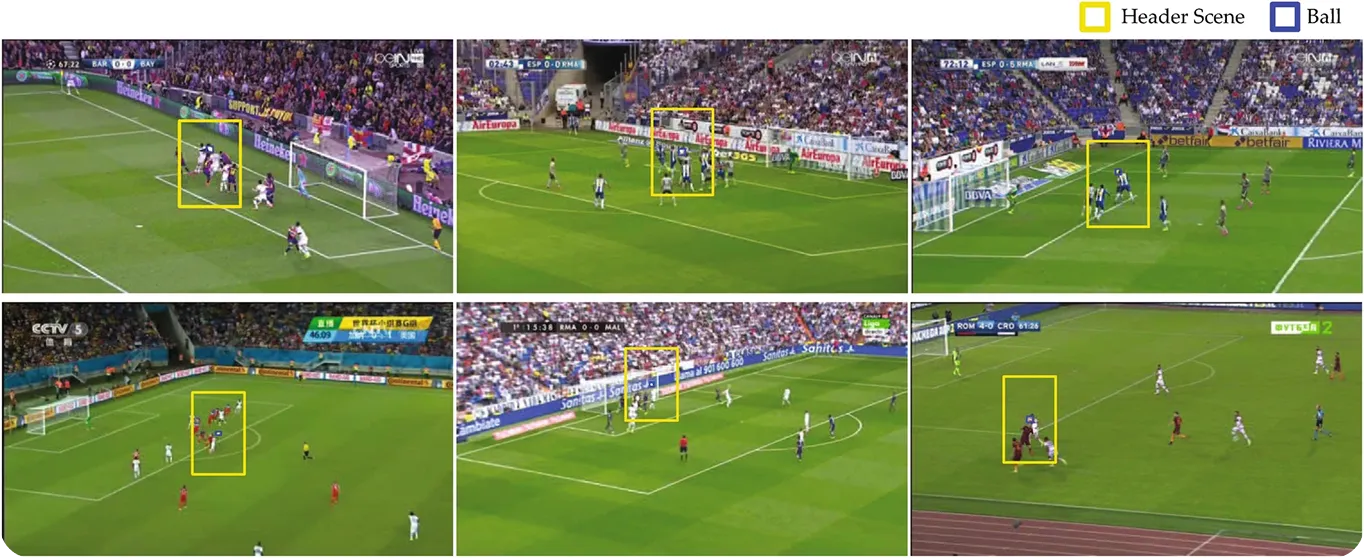
To achieve this, DeepImpact brings together a few computer vision steps that work together behind the scenes:
Here are some benefits of using Vision AI algorithms in soccer analytics:
Even though Vision AI offers many advantages, it also comes with a few challenges. Here are some of the limitations of using computer vision and AI in soccer:
Vision AI is reshaping how soccer teams analyze, train, and perform. It gives coaches and analysts a clear view of team performance, tactical structure, and match dynamics in real time. By turning visual data into measurable insights, Vision AI helps soccer clubs with decision-making on and off the pitch.
Want to know more about AI? Check out our community and GitHub repository. Explore our solution pages to learn about AI in robotics and computer vision in agriculture. Discover our licensing options and start building with computer vision today!